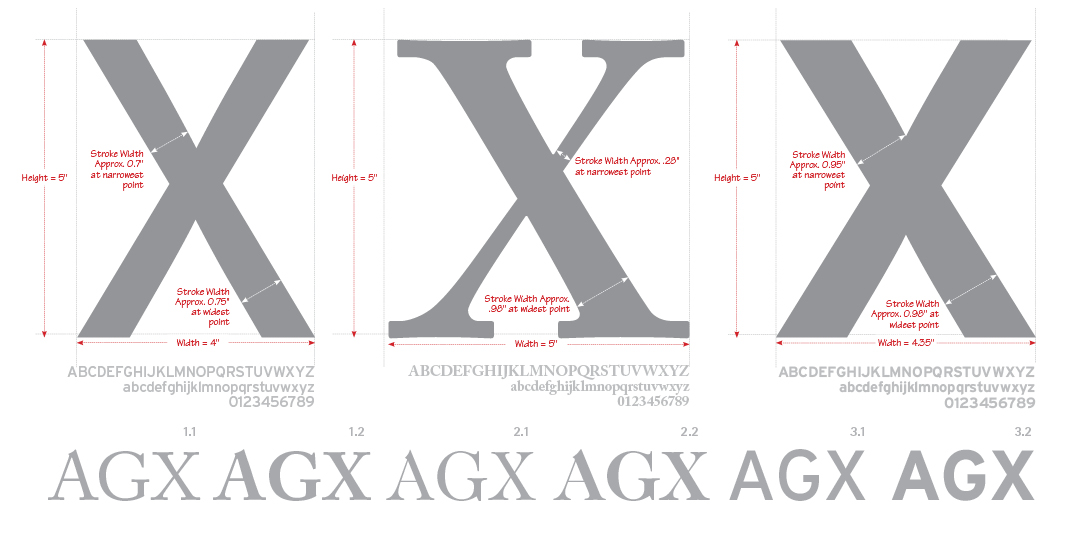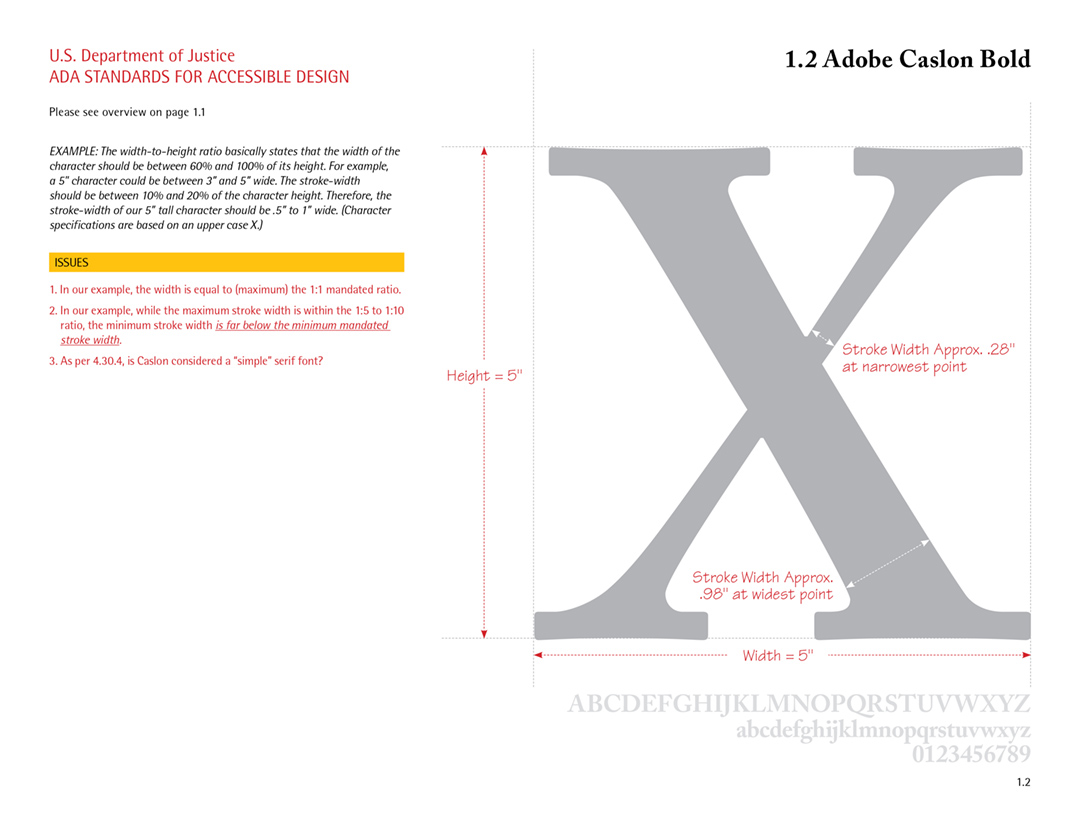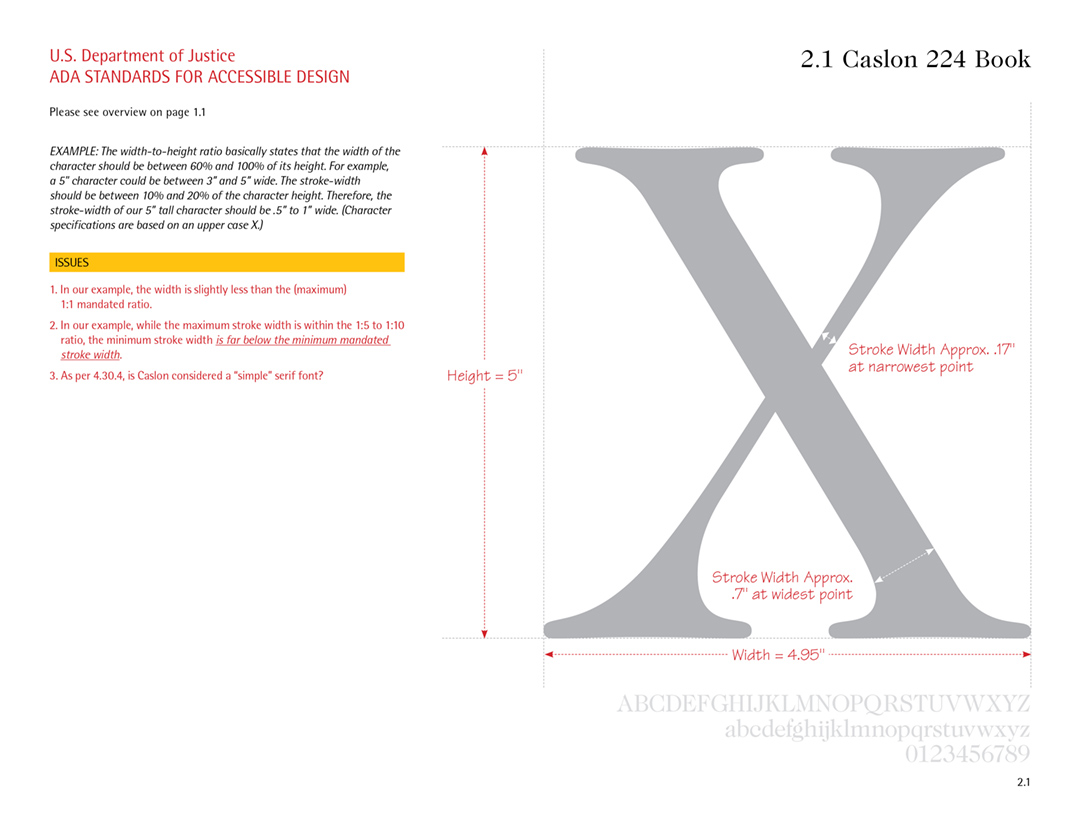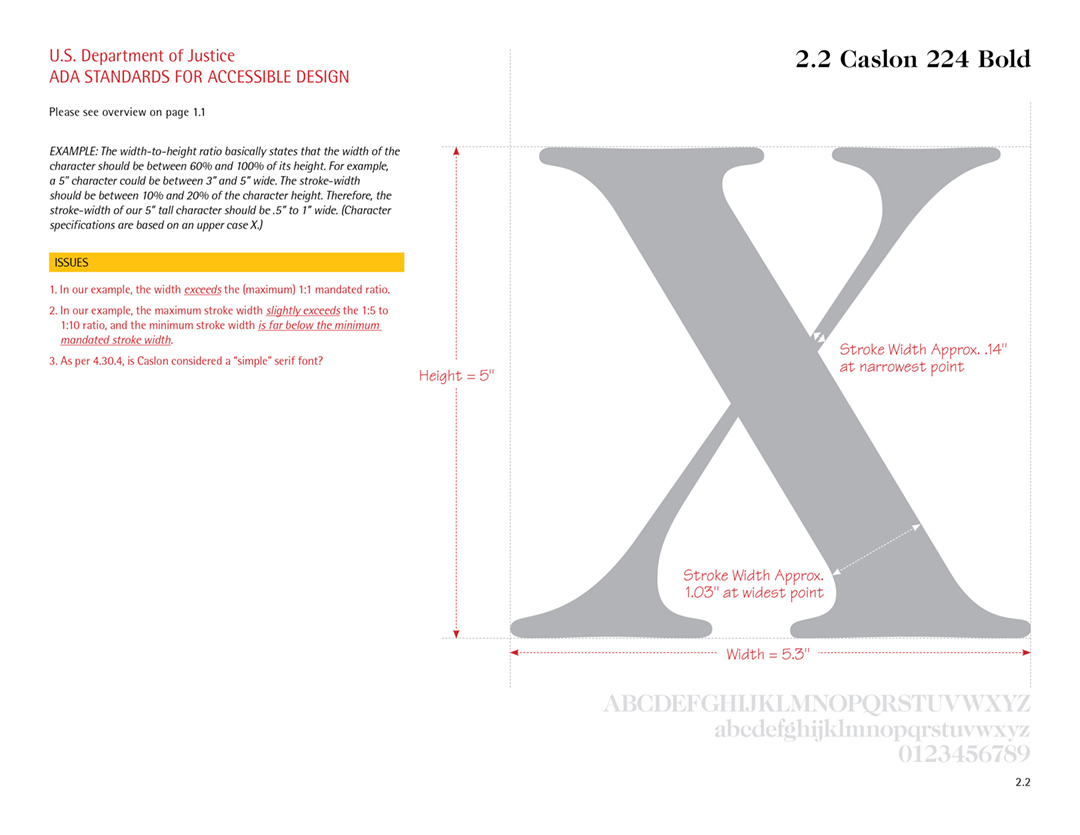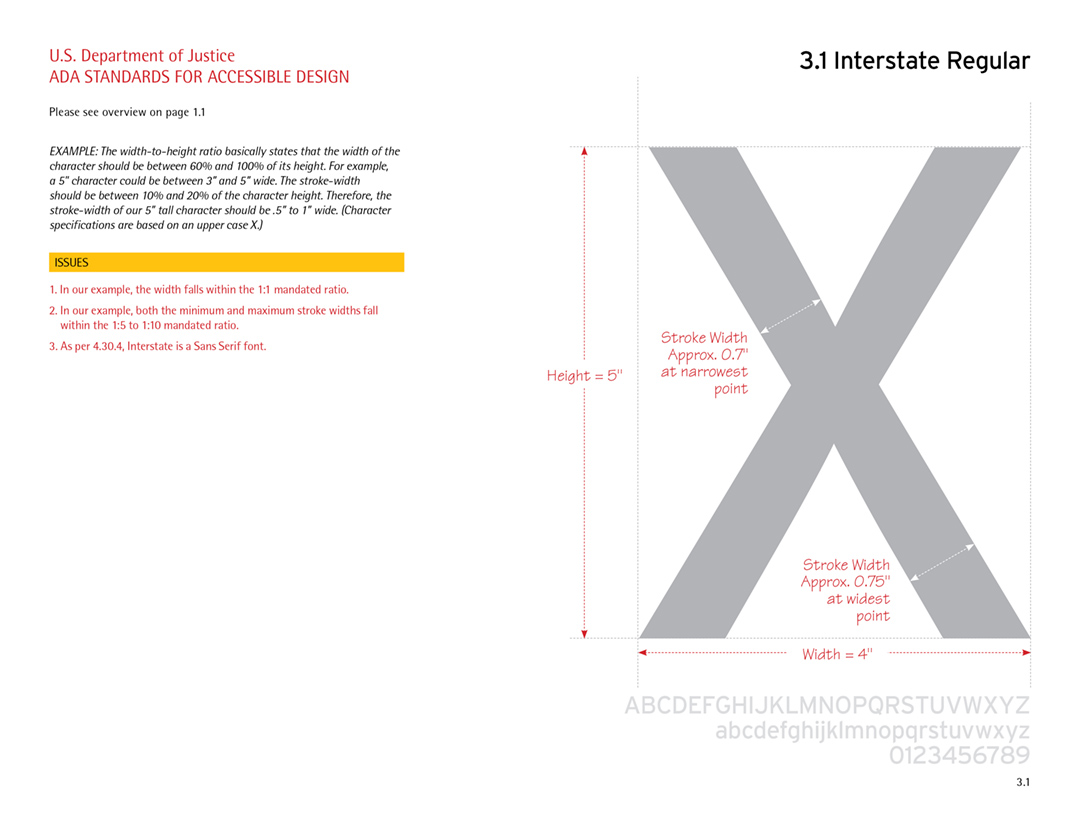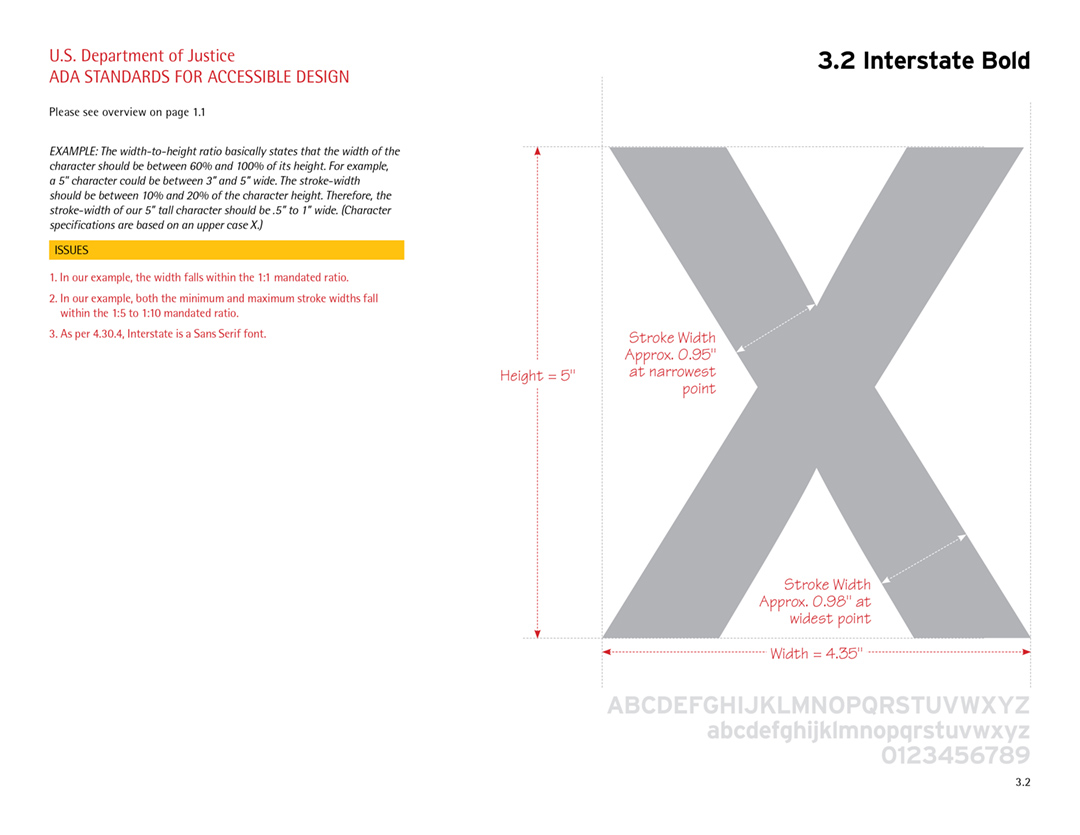ADA Compliance: Quinnipiac University Signage/Wayfinding
Quinnipiac University Signage/Wayfinding ADA Compliance
Granite Bay Design: Graphic Design and Production
Granite Bay Design was tasked with developing all of the new wayfinding for Quinnipiac University’s rapidly expanding campus and replacing existing signage that didn’t conform to any design standards. As I got deeper into the process, the scope of my graphic design tasks increased dramatically to eventually include campus-wide solutions to add new signage and replace much of the existing signage. All of this required weekly meetings with campus personnel including their in-house graphic designer.
This section deals with ADA (Americans with Disabilities Act) compliance and how we were able to be compliant. Below are some examples of how we established compliance:
About the ADA
The Americans with Disabilities Act provides extensive documentation on how to be compliant with these government-mandated rules. Here is an introduction.
“The Americans with Disabilities Act (ADA) is a federal civil rights law that prohibits discrimination against people with disabilities in everyday activities. The ADA prohibits discrimination on the basis of disability just as other civil rights laws prohibit discrimination on the basis of race, color, sex, national origin, age, and religion. The ADA guarantees that people with disabilities have the same opportunities as everyone else to enjoy employment opportunities, purchase goods and services, and participate in state and local government programs.”
ADA and Braille
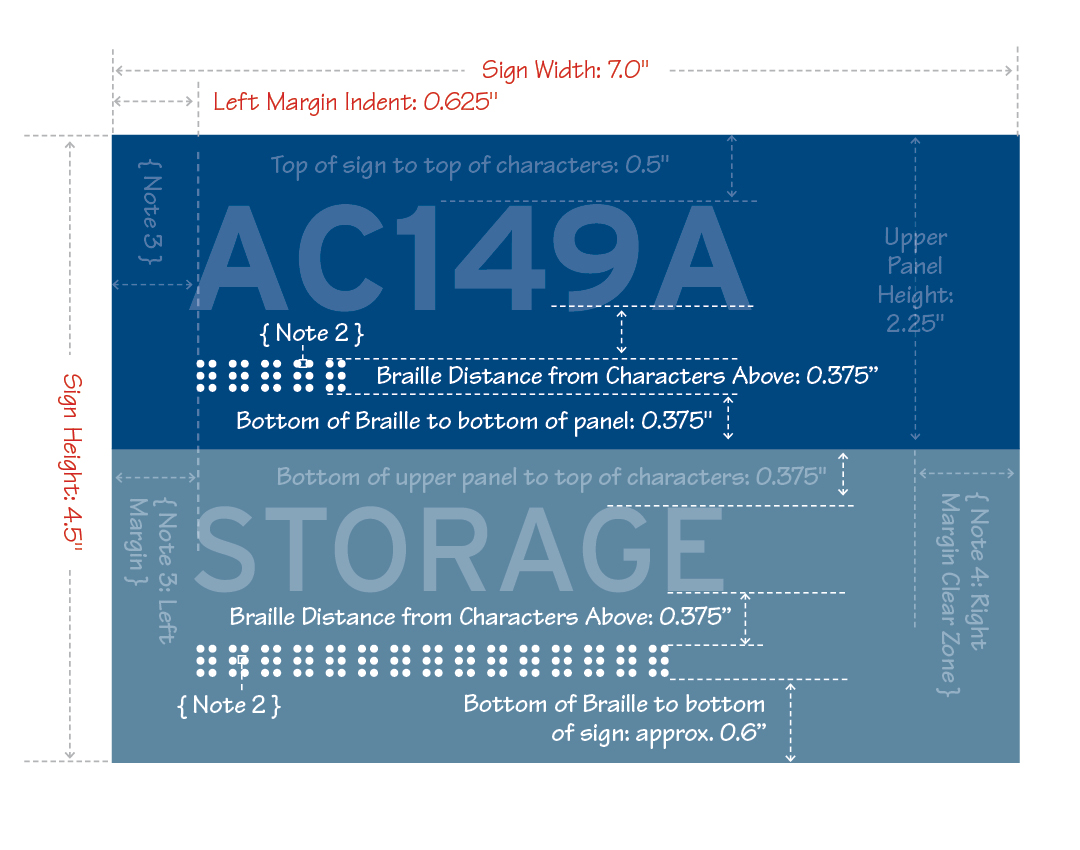 All of the new signage on the Quinnipiac Campus has specifications for where Braille appears.
All of the new signage on the Quinnipiac Campus has specifications for where Braille appears.
[from wikipedia]: Braille is a tactile writing system used by people who are visually impaired, including people who are blind, deafblind or who have low vision. It can be read either on embossed paper or by using refreshable braille displays that connect to computers and smartphone devices. Braille can be written using a slate and stylus, a braille writer, an electronic braille notetakeror with the use of a computer connected to a braille embosser.
Above right: An image from one of our wayfinding chapters (click to enlarge). We’ve screened back all the content except for the Braille callouts which remain in white. We supplied our vendors with the position of the Braille on the signs using the standards manuals and the vendors placed the correct Braille figures for each sign when manufacturing them.
The ADA compliance standards manual contains reference to how Braille should be displayed. The Braille standards specifications section may be downloaded here.
Related Pages from Granite Bay Design:
- Campus-Wide Wayfinding Overhaul
- The Crescent Dormitory: A Unique Solution for a Unique Building
- Font Pairing for Quinnipiac University Wayfinding Overhaul
- ADA (Americans with Disabilities Act) Style Guides
- Campus-Wide Directory Solutions
- Brick-Based Foundation Building Identification

